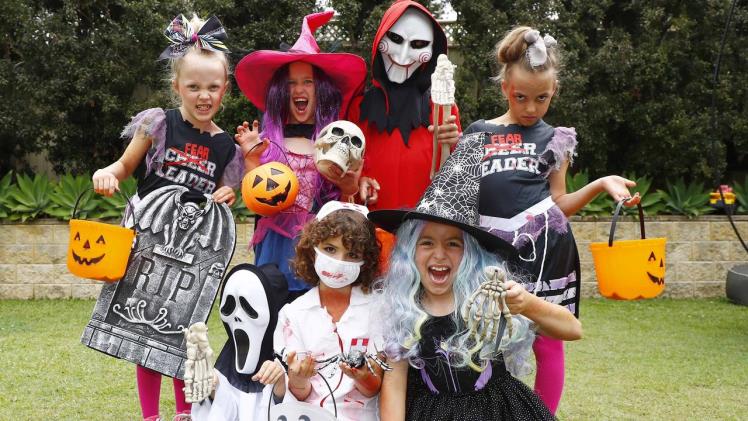As the end of October approaches, cities and towns worldwide become adorned with ghoulish decorations, children laugh in delight trying on their spooky halloween costumes, and an unmistakable aura of mystery fills the air. But ever wonder why? Why does one celebrate Halloween, and where did its strange traditions come from? Buckle up because it’s time for a journey into the haunted history of All Hallows’ Eve.
1. The Celtic Beginnings: Samhain’s Night
Long before Halloween was a twinkle in modern civilization’s eye, the ancient Celts celebrated Samhain (pronounced “sow-in”). Marking the end of summer and the beginning of winter, a time often associated with human death, the Celts believed that the boundary between the living and the dead became blurred on this night. Spirits were believed to roam the earth, causing mischief. Sounds eerily familiar, doesn’t it?
2. Roman Influence: Fusing Pagan and Christian Traditions
As the Roman Empire expanded, they conquered Celtic lands and started incorporating their festivals into the local traditions. One such festival was Feralia, a day to remember the dead. Another was a day to honor Pomona, the Roman goddess of fruit and trees. The apple bobbing tradition? You can thank Pomona for that!
3. All Saints’ Day: Christianity’s Integration
With the spread of Christianity, the Church, instead of abolishing pagan festivals, cleverly tried to weave them into the Christian tapestry. Pope Boniface IV designated November 1st as All Saints’ Day to honor martyrs and saints. The night before, the traditional night of Samhain, began to be called All Hallows’ Eve, which eventually morphed into what one knows today as Halloween.
4. Spooky Symbols: From Ancient Rituals to Modern Icons
Have you ever thought about why witches, ghosts, and black cats are synonymous with Halloween? These symbols have roots in old beliefs and rituals. Witches were considered in league with evil spirits, especially during Samhain. On the other hand, ghosts represent the souls that roam on Halloween night. As for the black cat, in medieval times, it was believed that witches could transform into these feline creatures.
5. Trick or Treat: From Soul Cakes to Candy Bars
Chasing Fireflies states, “Don’t forget to complete your look with some Halloween makeup to add that extra gore factor.”
The tradition of trick-or-treating has a humbling origin. In medieval Britain, the poor would knock on doors, asking for food or money in return for prayers for the dead. This practice was called “souling,” and the cakes they received were aptly named “soul cakes.” Fast forward to today, this act of giving has become a sweet exchange involving candies and playful threats of tricks.
Delving into the origins of Halloween is like peeling back layers of an onion, each layer revealing a more profound and richer history. From the ancient traditions of the Celts to the adaptive strategies of the Christian church, Halloween is a culmination of cultures, beliefs, and practices from across the ages. While the essence of this festival has evolved over millennia, one thing remains unchanged: the celebration of the unknown, the mysterious, and the magical.
The next time you see a child gleefully dressed as a ghost or a group of friends embodying a witches’ coven, remember they’re not just wearing Halloween costumes. They’re partaking in a tradition as old as time, reminding one of the thin veil between the seen and the unseen. After all, Halloween isn’t just about candy and costumes; it’s a gateway to a world where magic is real and history is alive.


